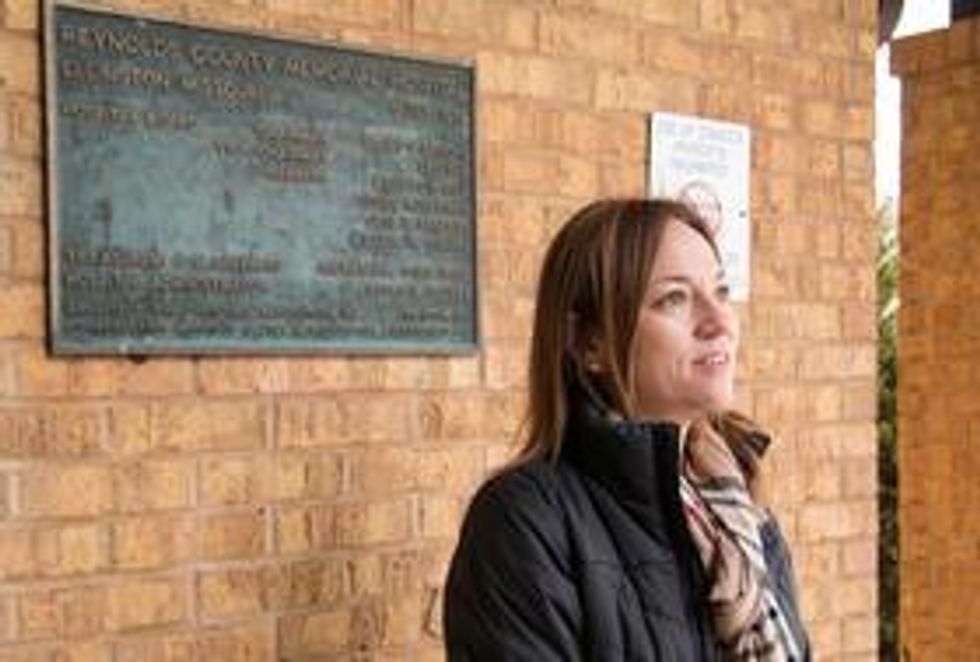Treatment
Can Freestanding ERs Replace Rural America's Struggling Hospitals?

By continuing to use our site, you agree to our Private Policy and Terms of Use.

When the hospital closed in rural Ellington, Missouri, a town of about 1,000, the community lost its only emergency room, too.
That was 2016. That same year, a local farmer had a heart attack.“He was a young man. He was just in his 50s,” said Christy Roberts, president of the Ellington Chamber of Commerce. Though the farmer lived just five minutes from the shuttered Ellington hospital, he had to be transported to an emergency room in Poplar Bluff, a 60-mile drive on winding one lane highways. He didn’t make it.
“By the time he got there, there just wasn’t enough that they could do for him. His heart was too damaged,” Roberts said. “We really do feel like people have passed away because we did not have those emergency services.”
Just over 40 percent of rural hospitals lose money each year due to dwindling community populations and a patient base that’s older, poorer and sicker than most. As a result, about 700 rural communities across the country are at risk of losing their hospitals, and access to emergency services. And 82 rural hospitals have closed since 2010, leaving towns like Ellington scrambling to fill the health care void.
One solution could be to run small, freestanding emergency rooms in these small towns. But as community leaders in Ellington found out, that’s not so simple.
An overburdened clinic
On a chilly afternoon four days before Christmas, Karen White circled the outside of the empty hospital building in Ellington.
White is CEO of the only medical practice left in Ellington, a primary care clinic that sees patients on a sliding scale fee.
“It’s a requirement when a facility closes that they have to post where the next nearest facility would be, and the drive time and mileage,” White said.
When the hospital closed, her clinic took on a lot of the medical care load in the county — including emergency cases. Patients have shown up in the clinic mid-stroke and mid-heart attack, she said.
It’s been difficult. Her staff were not prepared for such a dramatic increase in volume. The clinic’s primary care physician left under the stress.
“She really felt the weight being the only doctor in the county,” White said. There’s no full-time physician in Ellington anymore.
White can staff her primary care clinic with nurse practitioners — and she does — but it doesn’t change the fact that many of the clients who show up there should be going to an ER. They just often can’t get to one in time.
So White started wondering about logistics of opening an ER by itself in the community. It’s a concept known as a “freestanding ER,” an idea introduced in the 1970s as a way to maintain access to emergency services in rural areas. Communities have tried the concept in other parts of the country, including neighboring Kansas and Illinois. And to White, it seemed like the perfect idea for Ellington.
“Anyone you talk to in the community, we want our hospital back. But if we can’t have our hospital back, can we at least have an ER?” White said.
Regulatory hurdles
Priya Bathija of the American Hospital Association said rural health care providers are changing how they deliver health care. They can offer more specialized services now than they used to be able to. There’s less need for overnight stays and more demand for outpatient and emergency care.
However, despite the changes, “a lot of our laws and regulations have not accounted for that," Bathija said.
Freestanding ERs are not recognized on the federal level, meaning they can’t bill Medicare for services. Unless that changes, there’s no federal money to support freestanding emergency departments. Without federal money, these facilities pop up in places that can sustain them, which is urban areas, not rural ones.
Thus, even though they were originally proposed as a concept for solving the rural access problem, the majority of the roughly 400 freestanding ERs in America right now are located in cities.
In a rural town such as Ellington, however, the only choice could be between a freestanding ER and nothing.But each state regulates the facilities differently (if they regulate them at all), which poses a different set of challenges. For instance, not every state requires freestanding ERs to treat every patient that comes in the door regardless of insurance status, the way hospital emergency departments do.And when Karen White looked into the possibility of a freestanding emergency room in Ellington, she found out that Missouri does not allow them at all. It’s a rule she said the state needs to revisit.
“Look at everything that has been lost. Look at all of the hospitals that have closed. How many of those could have transitioned over to emergency medical centers and still been operational? That’s the question they need to ask,” White said.
For now, she said the community will look for ways to reopen Ellington’s hospital. It’s the only way to bring emergency services back to town.
This story was produced by Side Effects Public Media, a news collaborative covering public health.Bram Sable-Smith is reporting this series during a yearlong Reporting Fellowship on Health Care Performance sponsored by the Association of Health Care Journalists and supported by The Commonwealth Fund. This story is part five in series on rural hospitals. Read parts one, two, three and four.